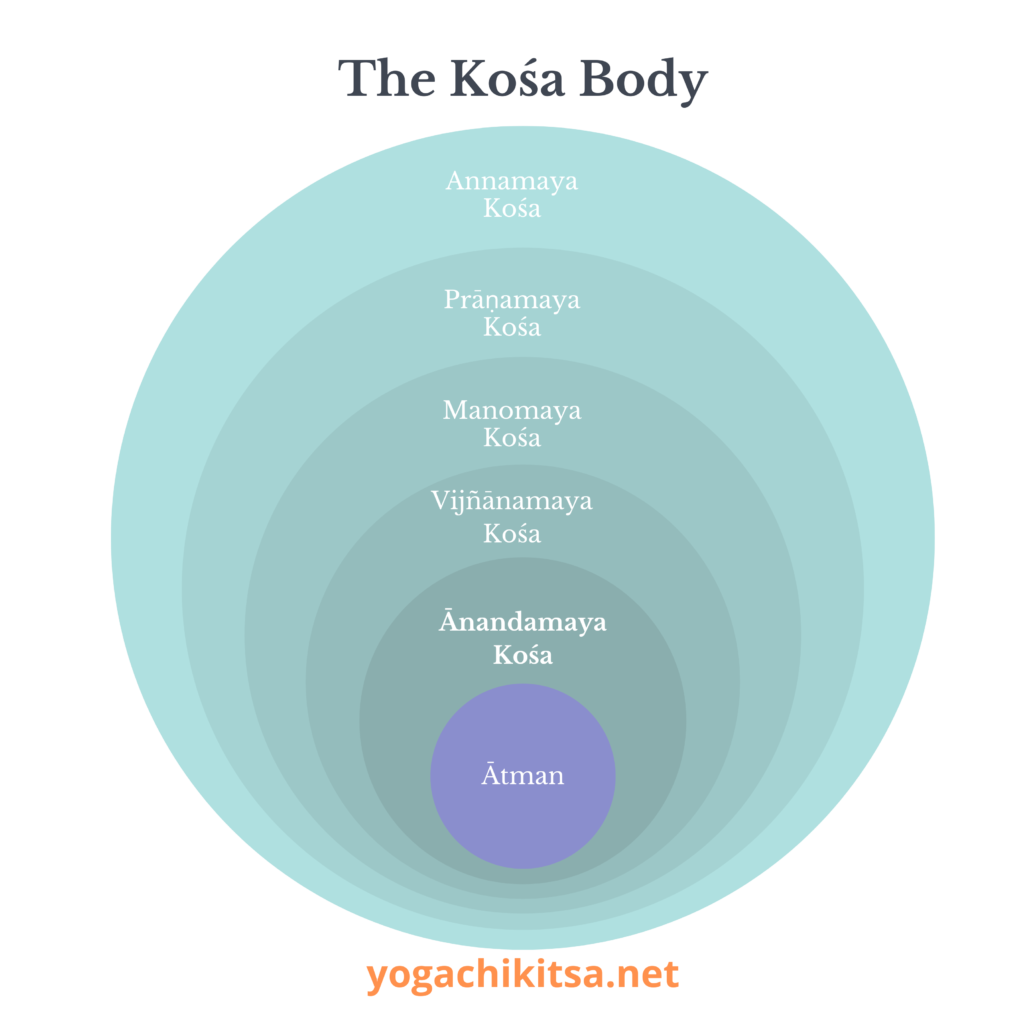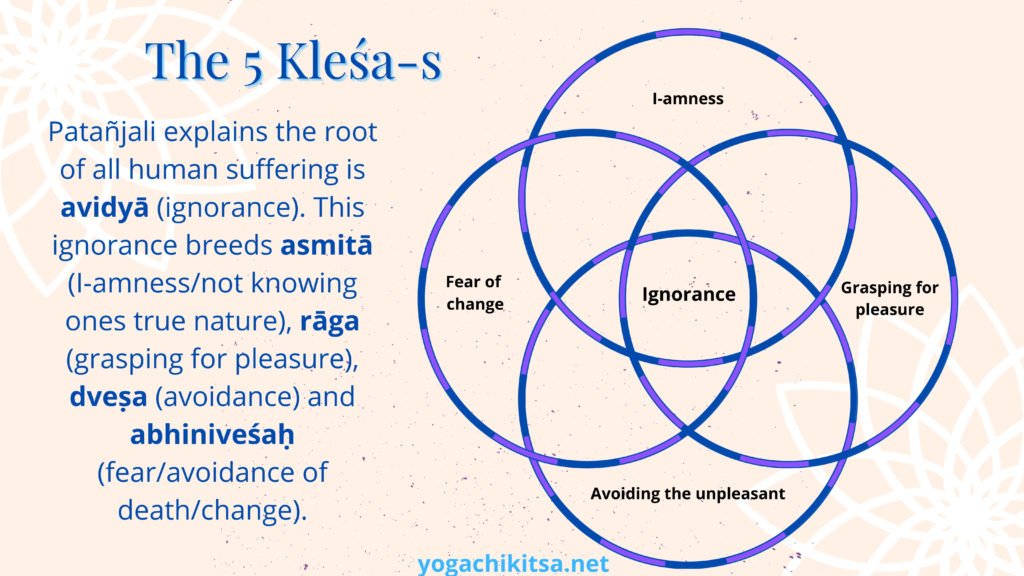
At its roots, yoga is a system of techniques and philosophies which guide a student toward knowing their True Nature as powerful, connected and peaceful beings. The human experience makes it hard to know your True Nature without putting forth effort and intention toward seeking the truth of existence. As humans, we are conditioned through suffering and societal pressure to identify ourselves and others with the ever-changing components of existence (mind, matter, energy – Prakṛti). This false-identification imposed on each of us by others and ourselves leads us to forget that at our core, there is a constant, unchanging spark of eternal creation within our heart-center, Puruṣa. Yoga is a means by which you can unlearn your false-identification and start to know your True Nature.
Yoga is a system of techniques, lifestyle and philosophical theories which guide practitioners to understand themselves, realize ways they participate in suffering and change those patterns of suffering so they may know their true nature.
It is thought that yoga has been around for as long as humans have been able to ask questions about their existence, their purpose in life and wonder if there was any meaning around their existence. The historical account of the history of yoga is much more complicated though. There are accounts of yoga dating back to about 3,000 before the Common Era and yoga is interwoven into ancient texts as a foundational concept since that time. Over generations and millennia, yoga has transformed, it has adapted and matured to rise up to meet the needs of the human population. Yoga has changed dramatically since the earliest historical record and has continually risen up to meet the needs of the population during a given age/period.

Yoga understands each human to be a unique integration of five layers with which the Ātman (soul, constant component of existence) can experience reality.
Each of these layers accounts for a component of the human existence: physical body, energetic body, instinctive mind, emotional and altruistic mind, transcendental mind and the Soul.
One of the foundational texts of yoga philosophy is the Yoga Sūtra of Patañjali. This text lays out a roadmap for yoga, and lays out the path of yoga, teaches why yoga is valuable and useful, advises about obstacles which can arise in the practice of yoga and reveals what can be expected from continued and regular practice of yoga.
Yoga is identified as a tool to find balance in all of the layers of the individual so they may know their True Nature instead of falsely identifying with the ever changing realms of existence.
When we falsely identify ourselves and others with the five ‘outer’ layers, we cause suffering to ourselves and others. This suffering is rooted in ignorance and will continually keep us bound to suffering. Yoga also identifies all the sufferings of existence into five categories.

Yoga is the means by which we can start to understand the ways we cause suffering to ourselves and others and then begin to change those patterns to create a more peaceful and balanced existence.
